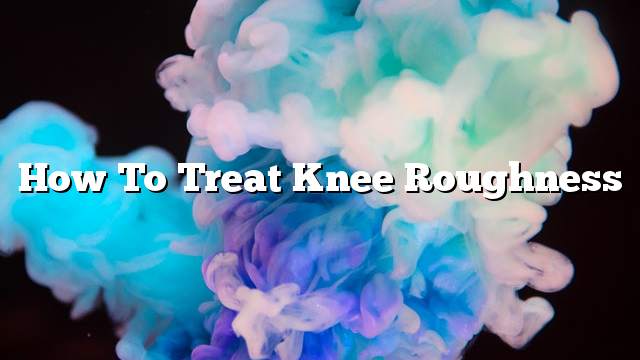Knee stiffness
It is a condition resulting from the erosion and weakness of the cartilage that covers the joint, which helps movement and softness of the knee, so that the result of the weakness of the cartilage to the gradual erosion of the joint and is the protection of the joint to the erosion gradually, leading to inflammation of the joint which secrete the fat that helps to The softness of the joint, leading to the pooling of water in the knee.
Causes that lead to knee roughness
- Genetic factor The incidence of knee stiffness, especially for young people, is the genetic factor of a parent.
- Excess weight, where excess weight, especially in the case of salts to eat cartilage.
- People who age, due to lack of secretion of oil from the joints that help to move and walk because of age.
- Frequent stress on the knee so that it can stand for long periods or carry loads.
- Women are more severe than men.
- Curvature of the legs is a condition caused by weakness of the tendons.
- Rheumatic diseases of all kinds.
- Direct and powerful knee injuries.
Symptoms of coarseness of the knee
- Pain is severe and intermittent and sometimes appears when stress to the knee such as the rise of drawers and walking on the highlands.
- Bone friction with each other.
- The presence of inflammation of the joints and cartilage.
- Water pooled by knee.
- Lack of mobility and knee flexion.
Appropriate treatment for knee stiffness
- It is best to go to the specialist doctor and determine the main cause of the disease and know the presentation of the patient precisely because most diseases, especially related to the joints are similar symptoms, so it is better to choose a doctor of the case.
- Taking a radiograph of the knee to be accurate Diagnosis Sometimes a joint is found between the joints because cartilage does not exist, and sometimes some of the osteoporosis appears.
- Take a magnetic resonance image to confirm the condition.
- In most cases, the treatment is in a pain-relieving manner. There is no surgical intervention, and the age of the patient is difficult to cure.
- Change in lifestyle, knee stress and weight bearing.
- Use of pain relievers for pain.
- Water is pulled out of the knee whenever it is gathered to relieve pain.
- Walking on the flat ground and walking down the stairs.
